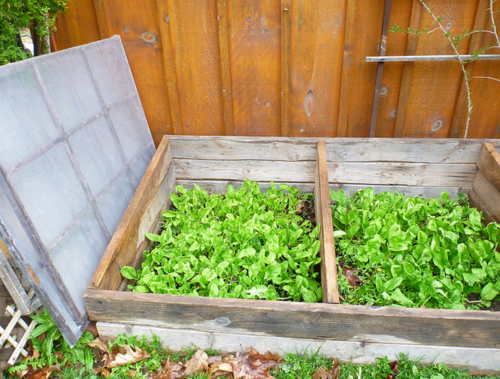It’s late August and the shift from long hot summer days into that “fall feeling” is just over the horizon in the North Carolina Piedmont. As the mornings grow cooler and days grow shorter, it’s natural to begin thinking of fall harvests and preserving food for the winter.
This year, many of our beloved fall food traditions take on new importance, as the continuing challenge of COVID increases the importance of local food production. It’s not too late for you to get involved in supporting your family and your community by preparing and preserving traditional foods that you have grown or foraged.
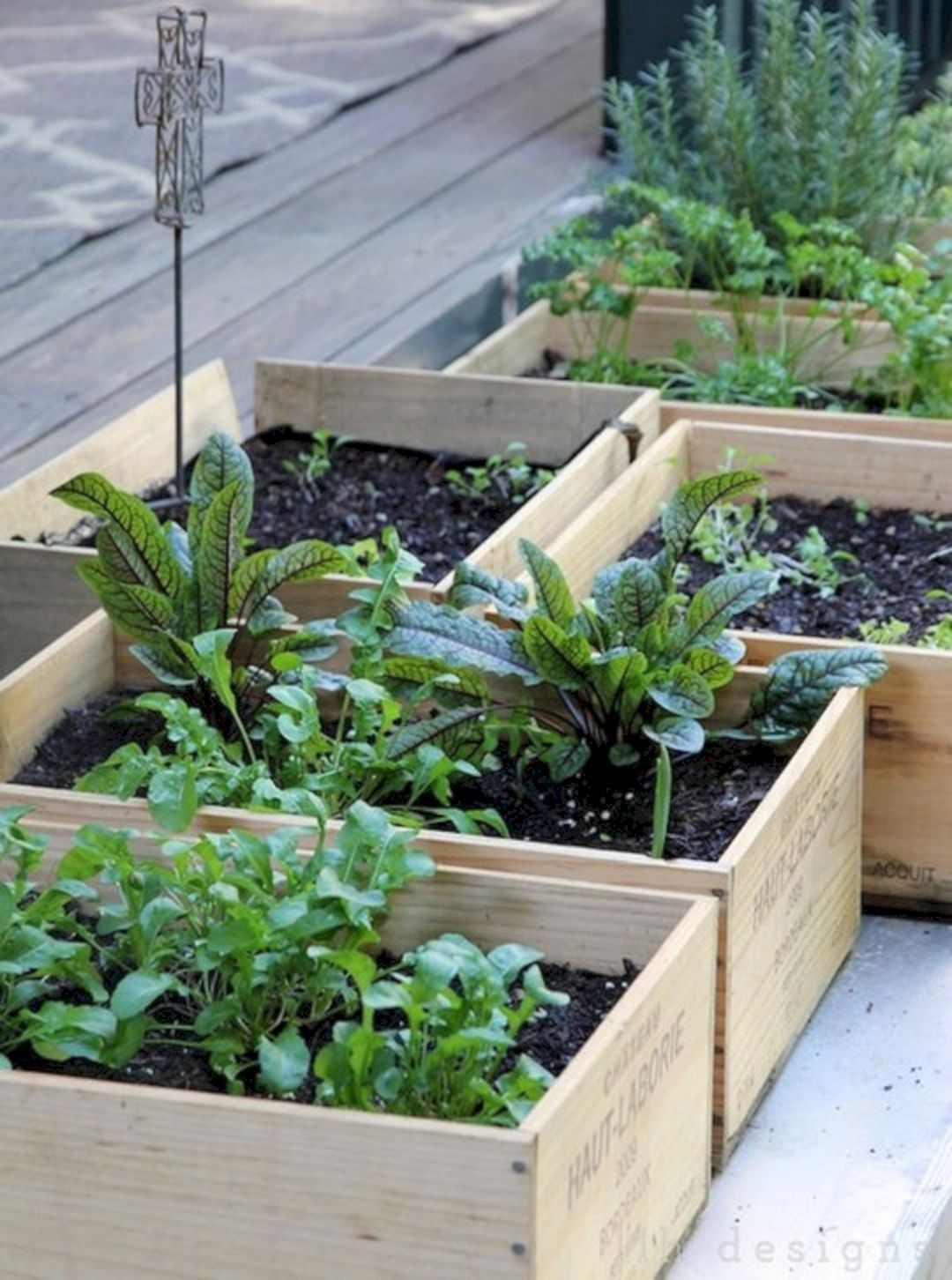
Container gardening is an easy way to start growing veggies in a smaller space! Build small boxes like these, or grab some 5 gallon buckets and get growing! Credit: Public Domain
Plant a Fall Garden
It’s not too late to do some cool weather gardening no matter where you live in North Carolina. Use this NC Cooperative Extension Service Guide to find out more about what crops you can grow in the fall garden.
In the Piedmont, you can still plants seeds of many cool seasons crops – like lettuce, radishes, peas, beets, mustard, spinach, and turnips – through mid September. Although it is too late to start other cool season crops – like broccoli, cabbage, kale, cauliflower, collards, and swiss chard – from seed, you can still transplant seedlings purchased from a local garden center or farm store. Plant onions and garlic for next Spring and extend the season for crops like kale and spinach through the winter by using row-cover or other season extension methods.
This vegetable planting guide for school gardens is a simple and easy to use resource for more info on what and when to plant in the Piedmont.
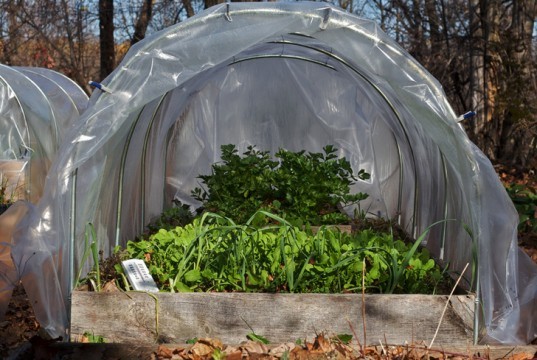
Structures like this hoop house are great ways to extend the fall growing season into the winter months. Credit: Chiot’s Run
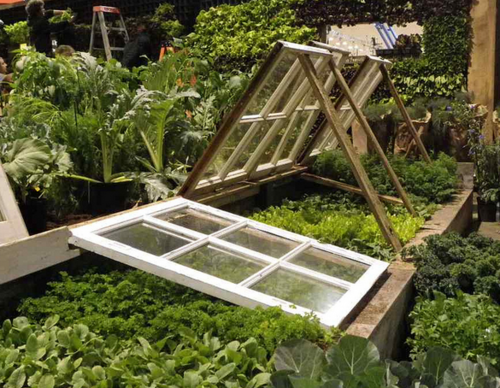
If you don’t have the time or space for a hoop house, a simple cold frame can be construted by placing old windows or other glass over your raised beds or containers. Credit: Appropedia CC-BY-SA 3.0
Foraging in the Piedmont
The Piedmont’s urban, suburban and rural landscapes offer a wealth of fall foods for the intrepid forager who uses sustainable foraging methods and respects private property and local land use laws. Many traditional wild foods – especially nuts – are ready for harvest in the fall, along with wild fruits such as the paw paw and persimmon. Many wild greens can be foraged through the winter months. No matter where you live – in a city, a suburban, a small town or a rural community, there are wild and domesticated foods available to forage, sometimes hiding in plain sight.
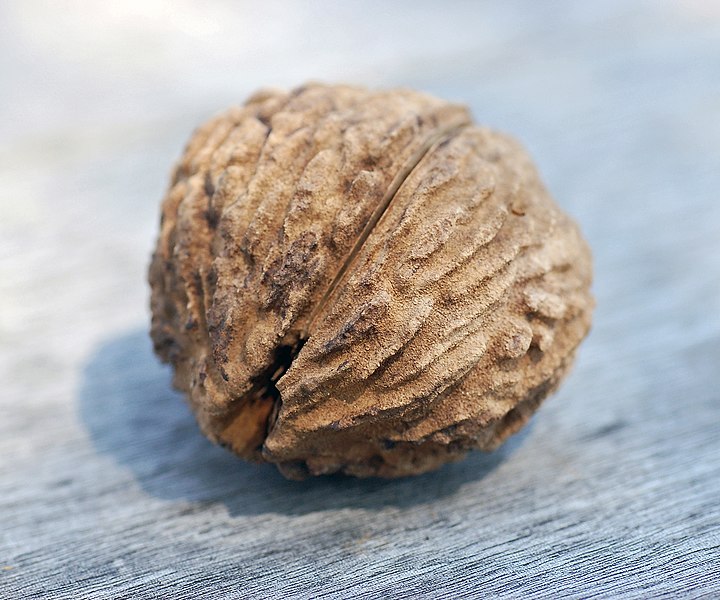
Black walnut (pictured) is not only edible, but can be used to make natural dye for clothing and other fabric. Credit: Wikimedia Commons CC-BY-SA 3.0
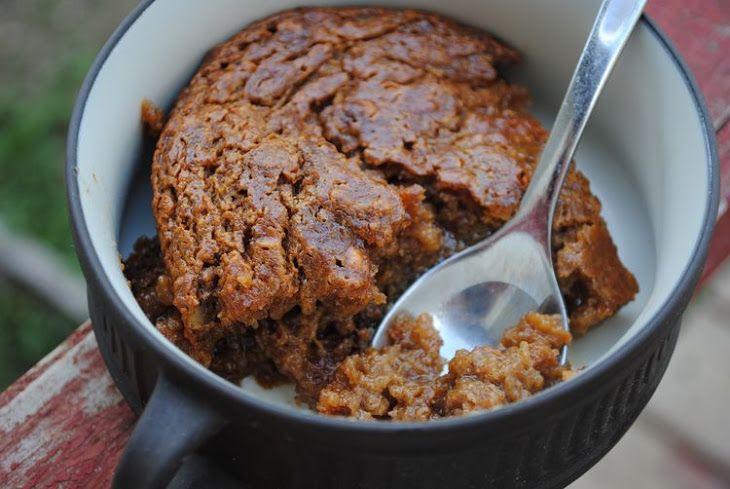
Foraged wild persimmons are perfect for wild persimmon pudding (pictured). This traditional dish is made with persimmon puree and is delicious! Credit: Creative Commons CC BY-NC
Fall Food Preservation
Food preservation is another way to enjoy the tastes of summer and fall harvests into the winter. Putting up foods from your local farmers market by freezing, canning, and drying is a great way to use an abundance of late summer and fall fruits and veggies. Canning tomatoes, pickling peppers, making kraut, or freezing and preserving berries can all be done from the comfort of your kitchen. Check out this short beginners guide or this more comprehensive resource with recipes to get you started!
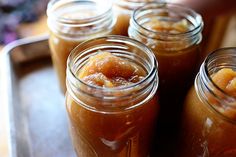
Canning pears, apples, or persimmons, making applesauce (pictured here), and freezing berries, are just a few exampls of how to preserve fall fruit for the winter months. Credit: Public Domain

Roast vegetables like turnips, carrots, and beets for a savory fall dinner (see above). Other ways to preserve these fall garden crops include canning, pickling, drying, and freezing. Credit: Public Domain
Foragable Community Resources
Check out Foragable Community’s resource page to learn more about foraging and gardening in North Carolina and beyond. Visit the page to find recommended guides and books as well as free resources like an downloadable infographic of wild foods available through the seasons in the Piedmont, a video series on foraging traditions in the Piedmont hosted by Foragable Community’s ethnobotanist Doug Elliot, and a collection of links to resources created by other organizations like the Falling Fruit Foraging Map which you can use to find foraging opportunities near you. You can learn more about how to prepare traditional Piedmont foods by visiting Foragable Community partner Piedmont Picnic’s website.

